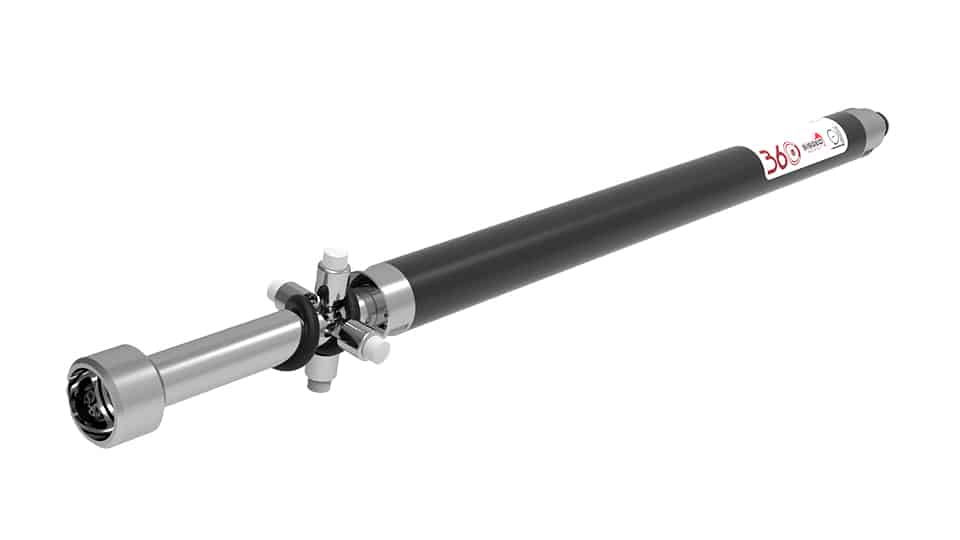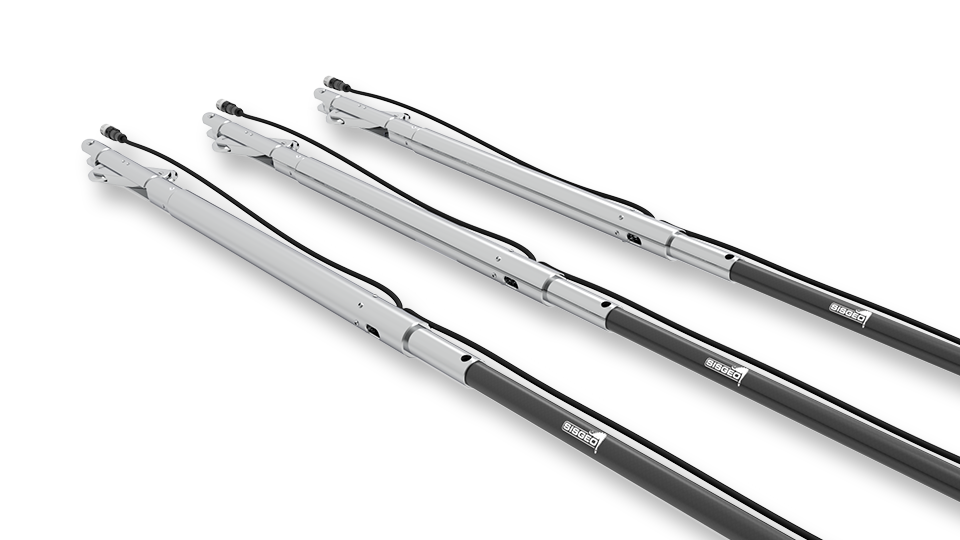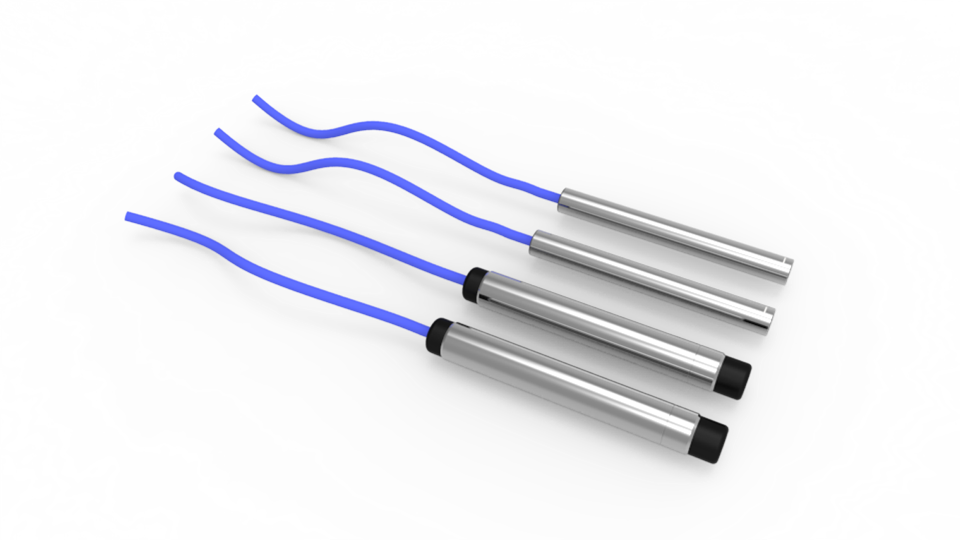What is deep excavations monitoring?
Deep excavation monitoring refers to the process of measuring and analyzing the behavior of soil and structures during excavation works to ensure safety and stability. This monitoring is crucial because the excavation process often causes changes in the stress and strain of the soil and nearby structures. If these changes are not carefully managed, they can lead to deformation or even failure.
In particular, urban excavation monitoring plays a vital role in densely populated cities. Construction activities in such areas can significantly impact nearby buildings, roads, and utilities. Therefore, our solutions are specifically designed to address the unique challenges posed by urban environments. These include:
- Monitoring ground settlements to protect existing structures
- Minimizing disruptions to urban infrastructure
- Supporting sustainable construction practices
To achieve these objectives, deep excavation monitoring typically involves the use of advanced instruments. For instance, inclinometers measure ground movements, while piezometers assess water pressures. Additionally, settlement gauges and strain gauges track changes in settlements and structural stress. By collecting this data, engineers can make informed adjustments to the design and construction process, thereby ensuring the safety and stability of both the excavation and the surrounding environment.
Furthermore, deep excavation monitoring is widely applied in various civil engineering projects, such as the construction of building foundations, underground tunnels, and large-scale infrastructure developments. Beyond civil engineering, it is also extensively used in mining and geotechnical projects where deep excavations are essential.
In conclusion, deep excavation monitoring is indispensable for mitigating risks and ensuring project success. By leveraging cutting-edge tools and techniques, we can overcome the challenges posed by both deep and urban excavations, delivering safe and sustainable solutions.
Take a look to our station and deep excavation monitoring video: Stations and deep excavation monitoring

































